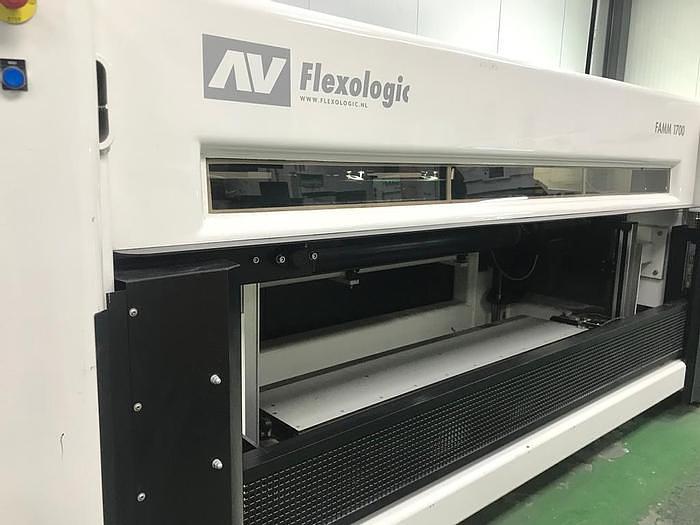The printing industry has undergone significant transformations over the years, driven by technological advancements and the increasing demand for high-quality print materials. Among the key innovations shaping this industry is the plate mounting machine. Essential in the flexographic printing process, these machines ensure precise plate positioning, thereby enhancing print accuracy and consistency. In this blog post, we delve into the world of plate mounting machines, exploring their functions, benefits, and the impact they have on the printing industry.
What is a Plate Mounting Machine?
A plate mounting machine is a specialized device used to accurately position and attach printing plates onto printing cylinders or sleeves. In flexographic printing, which is commonly used for packaging materials, labels, and newspapers, the quality of the print largely depends on the correct alignment and mounting of these plates. Plate mounting machines automate this process, reducing human error and ensuring that each plate is positioned perfectly.
Key Features and Benefits
Precision and Accuracy
- Plate mounting machines are designed to achieve high levels of precision. With advanced optical systems, digital controls, and automated adjustments, these machines ensure that plates are mounted with exact alignment. This precision translates to superior print quality, with crisp, clear images and text.
Time Efficiency
- Automating the plate mounting process significantly reduces setup times. What once took hours can now be accomplished in minutes, allowing for quicker job turnarounds. This efficiency is particularly beneficial for high-volume printing operations, where time savings directly impact productivity.
Consistency
- Consistency is crucial in printing, especially for large print runs where even minor misalignments can lead to significant material waste and reprints. Plate mounting machines eliminate these inconsistencies by ensuring that each plate is mounted identically, run after run.
Reduced Material Waste
- Accurate plate mounting minimizes material waste by reducing the number of misprints. This not only saves on printing materials but also contributes to more sustainable printing practices, aligning with the industry's growing focus on environmental responsibility.
Ease of Use
- Modern plate mounting machines are equipped with user-friendly interfaces and intuitive controls. Operators can easily set up and adjust the machines, making the process more accessible and less dependent on specialized skills.
Enhanced Safety
- By automating the mounting process, these machines reduce the need for manual handling of printing plates and cylinders. This not only improves safety by minimizing the risk of injuries but also extends the lifespan of the plates by preventing damage from manual handling.
How Do Plate Mounting Machines Work?
The operation of a plate mounting machine involves several key steps:
Preparation
- The printing plate and cylinder or sleeve are prepared and placed on the machine. The plate is typically aligned using a combination of manual and automated adjustments.
Alignment
- Advanced optical systems, such as cameras and lasers, are used to ensure precise alignment. The operator can view the alignment on a monitor, making fine adjustments as needed.
Mounting
- Once aligned, the machine secures the plate onto the cylinder or sleeve using adhesive or mechanical means. Automated systems ensure even pressure and adhesion, eliminating air bubbles and misalignments.
Verification
- Many plate mounting machines include verification systems that double-check the alignment and adhesion, ensuring that the mounted plate meets the required specifications.
The Future of Plate Mounting Machines
As the printing industry continues to evolve, plate mounting machines are likely to see further advancements. Integration with digital technologies, such as AI and IoT, will enhance the automation and precision of these machines. Predictive maintenance features could reduce downtime, while enhanced user interfaces and connectivity will streamline operations further.
Additionally, the push towards sustainability in printing will drive the development of more eco-friendly plate mounting solutions. Innovations such as reduced adhesive use, recyclable materials, and energy-efficient designs will contribute to greener printing practices.
Conclusion
Plate mounting machines are a cornerstone of the flexographic printing industry, providing the precision, efficiency, and consistency needed to produce high-quality print materials. By automating the plate mounting process, these machines not only improve print quality but also enhance productivity and reduce waste. As technology advances, we can expect even greater innovations in plate mounting machines, driving the printing industry towards a future of unparalleled quality and sustainability.

